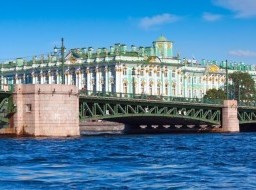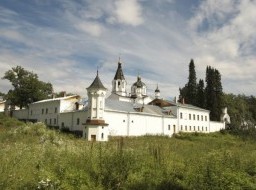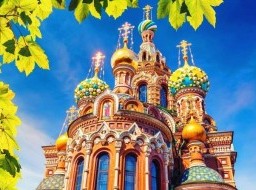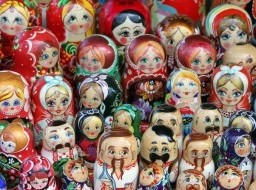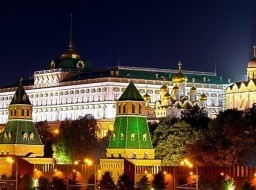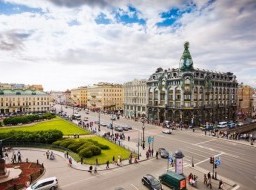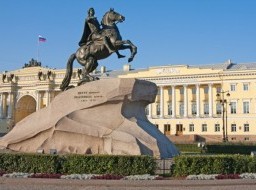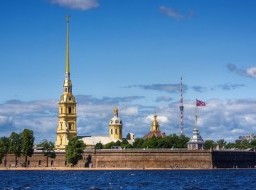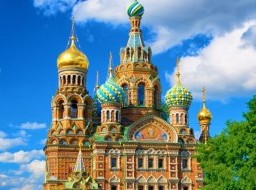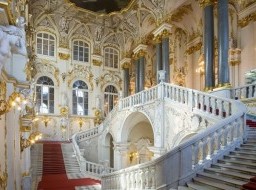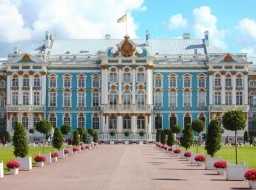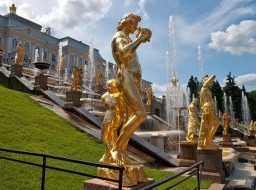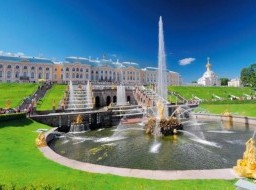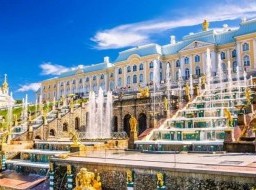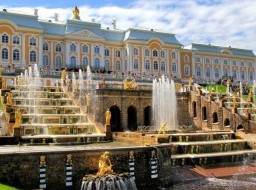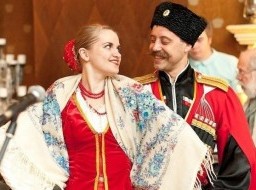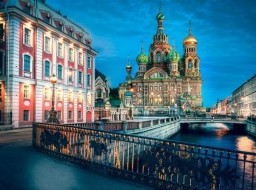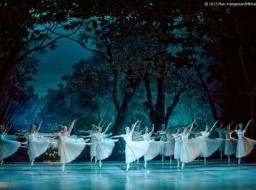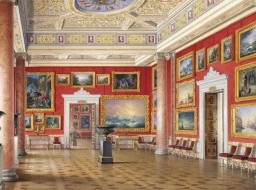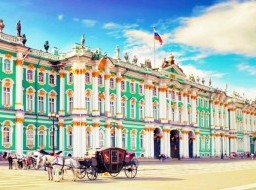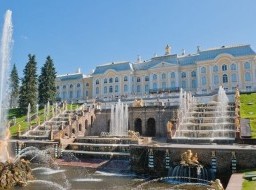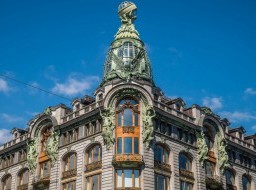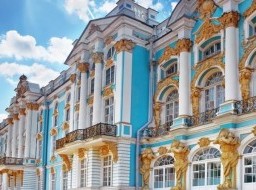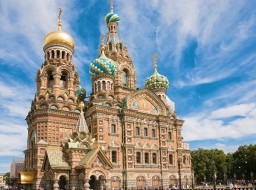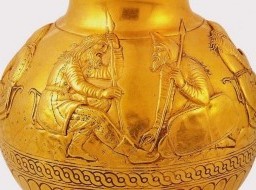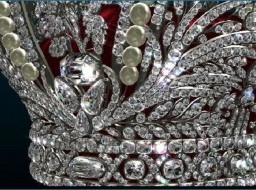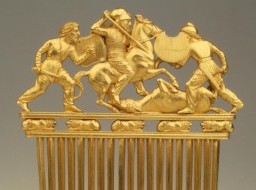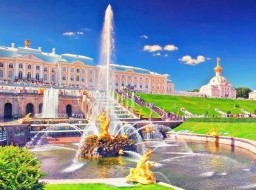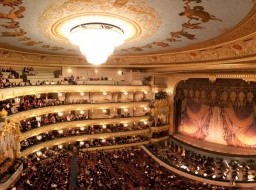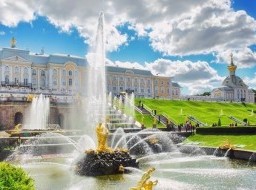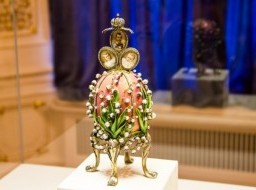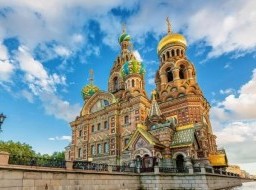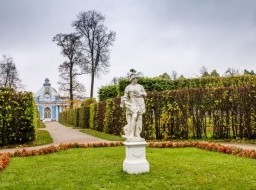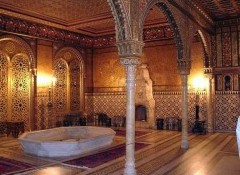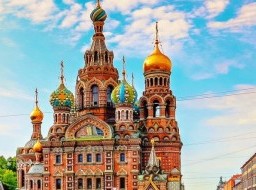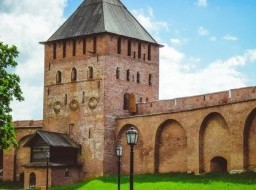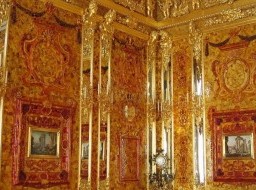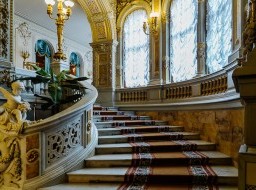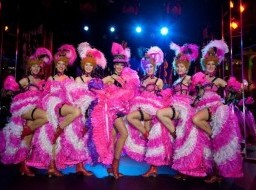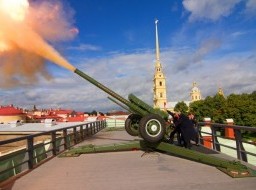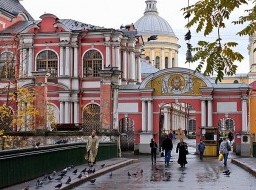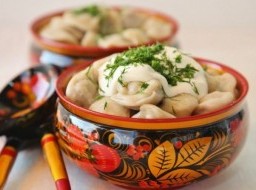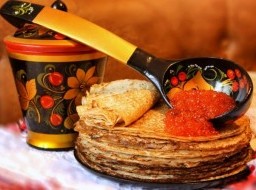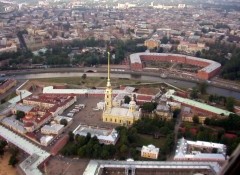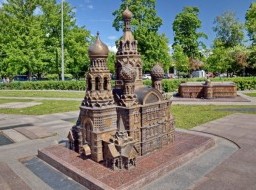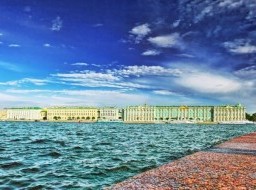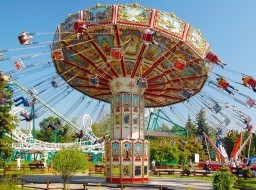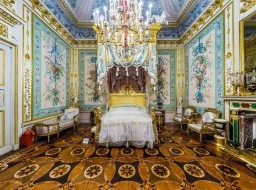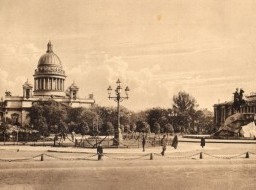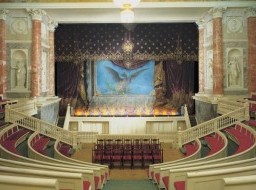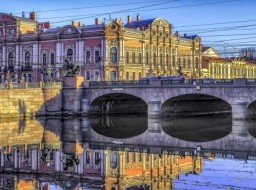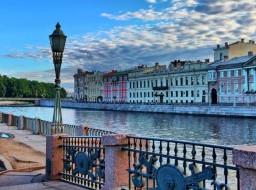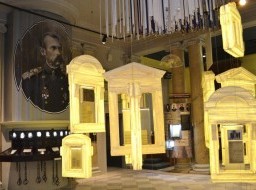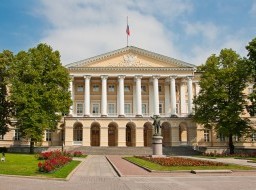Hermitage Gold Room
Possibly the most prized section of the famous Hermitage is the fabulous Golden Room, a spectacular collection of gold, silver, and royal jewels that belonged to the Russian tsars. The Gold Room presents a significant collection of archeological finds—the famous Ancient Greece gold, the best in the world collection of Scythian gold, numerous royal gifts and a fabulous collection of Eastern European jewelry made by the most prominent jewelers of the time. Admire a large number of amazing gold artifacts: bracelets, rings, earrings, female and male clothing decorations. The stunning collection of the Hermitage Gold Room will be the gem of your travel. The Hermitage is famous all over the world. It is situated in the Winter Palace, the Russian tzars residence, where many significant events of the history took place. Nowadays it offers its visitors not only the greatest masterpieces of art but also the real treasures of gold and diamonds of the ancient times. Located in a high security area of the Hermitage Museum, the fabulous Gold Room is the world's unique treasure. It consists of around 1,500 works made from gold. The Gold Rooms display the archaeological finds of the Scythian gold, ancient Greek and Oriental jewelry articles from India, Iran and China, as well as superb examples of ceremonial Oriental weapons. The earliest works in The Gold Room date back to 4th-3rd millennium B.C. The first ancient goldsmiths' works came from The Siberian Collection of Peter the Great. Those were discovered during the period when the Russians were intensively colonizing Siberia. Scythian art especially Scythian gold jewellery is highly valued by museums and many of the most valuable artifacts are in the Gold Room. The art of the Scythians combined Eastern elements with influences from the Hellenic ancient states on the northern Black Sea coast. The combination gave the art an exquisite and unique quality. Scythian gold jewelry was found in the southern areas of Russia during archeological excavations in the late 18th century onwards. The many Scythian artifacts found in kurhans in Southern Ukraine and the Kuban were either imported from Greece or made by indigenous Hellenic and Scythian artisans. Scythian jewelery in particular attained a high level of intricacy and magnificence. The principal feature of Scythian art is its use of a zoomorphic symbology. The Scythians fashioned gold objects depicting semirecumbent stags, deer, lions, panthers, horses and other domesticated animals, birds, and fantastic beasts (eg, griffins and sirens), as well as humans. Numerous vases, goblets, quivers, scabbards, combs, and other objects portray scenes from everyday life (eg, combat, farming, herding, taming horses, milking sheep, sewing skins) as well as motifs from Greek mythology and history. This fantastic symbology is often coupled with Greek geometric and floral ornamentation. Amazing Greek gold jewelry was found on the Northern Black Sea coast, ancient location of Greek towns and colonies. In the first half of the nineteenth century, remarkable finds were made in burial mounds: Greek vases, wooden sarcophagi and a great deal of gold. The jewellery was associated with the elaborate funerary rites in the local settlements, and has been dated to between the 7th and the 1st centuries BC. The gold jewellery placed on or near the deceased proved to have been exceptionally well preserved - from fragile olive wreaths to beautiful ear pendants, necklaces and ornaments to be worn on the head. These pieces were given a place in the Gold Rooms of the State Hermitage Museum. The Gold Room contains the most interesting relics of Early Russian from the 12th to the 16th centuries, rare examples of works of jewelry used for the decoration of palace state rooms, watches and bracelets, fans and rings, pendants and brooches, hair ornaments and necessaries. Among the religious objects of The Gold Room are rich icons once owned by the imperial family. All of them are clad in gold mounts, adorned with brilliant-cut diamonds or the most precious gemstones such as emeralds, sapphires, rubies and pearls. Russian czars lived in wealth and luxury. Probably, the most striking object in The Gold Room collection is the horse attire presented to Nicolas I by The Sultan of the Ottoman Empire - Makhmud. The saddle cloth is encrusted with more than 16,000 diamonds. The Hermitage Gold Room will astonish you with its scope and abundance of priceless jewelry pieces, though it requires great energy on your part to cover all it has to offer (excursions may last 40-60 minutes). The Golden Rooms are open only to organized tour groups with confirmed reservations. |
|

